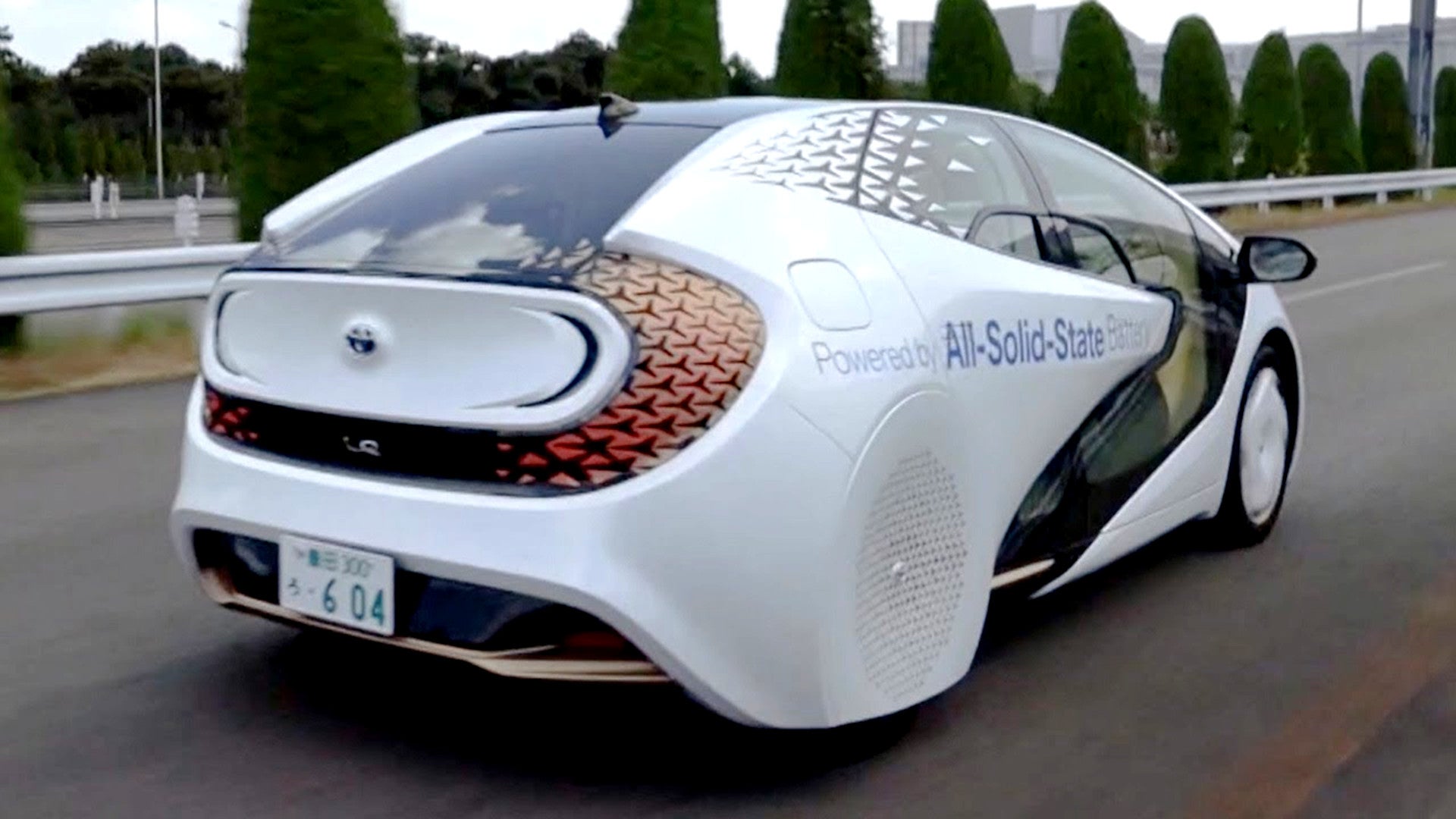
11 Myths About Electric-Vehicle Batteries
The notion that EV batteries are overwhelmingly complex stems from their early development stages and the raft of new battery cells and other systems surrounding them in cars, including battery-management systems (BMS). However, EV batteries have become less complex over time, and many of these components that were new to the automotive industry are now commonplace with proven reliability.
While batteries still represent a high level of engineering complexity, continuous technological progress is making them easier to design, use, and understand. Innovations in battery chemistry, manufacturing processes, and even fundamental changes in battery architecture are helping to remove complexity.
For example, Dukosi’s Cell Monitoring System reduces battery complexity by integrating a cell monitor chip on each cell, which directly monitors voltage and temperature. The data captured by the cell monitor is communicated to the host processor in the BMS over a wireless interface based on Dukosi’s proprietary C-SynQ communication protocol. Using a single bus antenna, this solution helps to simplify EV batteries by reducing wiring and components, resulting in 10X fewer components.
The belief that battery modules are an indispensable component of battery design is being reevaluated with the advent of next-generation architectures. Historically, battery systems have used modules as the basic component, assembling them into larger packs.


























